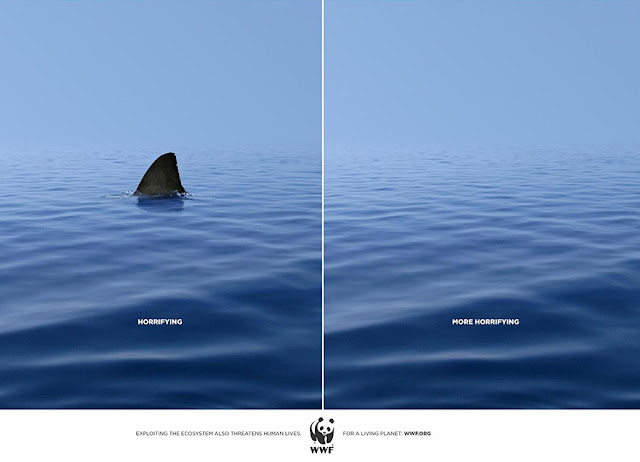Social Semiotics
Social Semiotics was first founded by Michael Halliday in 1978 in his book called Language as Social Semiotic. The basis of this idea is that the semiotic resources of language are shaped by how people use them to make meaning-the social functions they are put to (Bezemer 2009). They also serve 3 functions: Ideational metafunction which is that they express something about the world, interpersonal metafunction meaning they position people in relation to each other, and textual metafunction which forms connections with other signs to produce coherent text. Hallidays ideas further inspired Robert Hodge and George Kress in 1988 with their publication of Social Semiotics. They include a methodology but in a sense, semiotics is the study of signs across all medias and forms of communication.
Here are some of the few rules associated with the methodology:
Signs
“‘Signs are made-not used-by a sign maker who brings meaning into an apt conjunction with a form, selection/choice shaped by the sign makers interest’, interests that are shaped by the environmental and circumstance of use’ (Kress, forthcoming). ”
Semiotic Resources
Semiotic resources are the actions, materials, and artifacts we use to communicate.
Mode and Material, Social, and Cultural Affordance
A mode is a set of socially and culturally shaped resources for making meaning. Modal affordance is used to refer to what is possible to express and represent easily with a mode.
Take Away Your Take Away:McDonalds
This first image is a Norwegian based ad influencing consumers of McDonalds to not litter. These pictures direct a meaning or feeling of guilt upon the media it was found upon. It is apparent because the pictures set an overall dark exposure, with a blank background focusing on the neglected McDonalds trash with mold yellow letters that read “Take away your take away”. While promoting prop disposal of trash is beneficial to the pollution crisis in larger cities, it is ironic to me that they are blaming the consumer when they can and should lead the discussion into what matters they are taking to become more eco conscious.
Horrifying.More Horrifying: WWF
“Print Ads That Broke the Mould in 2022.” The Map, 7 Nov. 2022, https://themap.news/post/print-ads-that-broke-the-mould-in-2022/.
D., Lina. “33 Powerful and Creative Print Ads That'll Make You Look Twice.” Bored Panda, Bored Panda, 25 Nov. 2022, https://www.boredpanda.com/creative-print-ads/?utm_source=google&utm_medium=organic&utm_campaign=organic.
Bezemer , J, and C Jewitt . Social Semiotics - Researchgate. 2 Jan. 2009, https://www.researchgate.net/profile/Jeff-Bezemer/publication/286459229_Social_Semiotics/links/566b3a4808ae62b05f04ceea/Social-Semiotics.pdf.




Comments
Post a Comment